We could describe conversion therapy as an attempt to align a person’s gender or sexual identity with the hegemonic norms of cisgender heterosexuality. Such pseudoscientific practices aim at changing a person’s sexual identity or expression from homosexual, bisexual or asexual/aromantic to heterosexual, or one’s gender identity or expression from transgender or intersex to cisgender. Using psychological, physical, sexual, and spiritual/religious means, we could call conversion therapies a straightening device that tries to readjust one’s ‘queer’ misalignment by making a person ‘straight’ again. Conversion therapy can take many forms and take place in different settings. Such a ‘therapy’ could be medical, including hormone therapy or even gender-‘affirming’ surgery as in the case of trans or intersex persons. It could also take the form of psychotherapy such as behavioral or cognitive therapy or even aversion therapy in the context of which the ‘patient’ is exposed to painful sensations like nausea-inducing drugs or electric shocks in an attempt to form a negative association with their same-sex desire or sense of gendered self. The conversion or repair can also be faith-based in the case of which the clergy or spiritual guides try to ‘pray the gay away’ via religious or spiritual practices like praying or ceremonies. There also are ‘camps’ where ‘educators’ train usually men how to be more masculine via physical exercises and other ‘manly’ activities, and many cases of ‘therapeutic rapes’ have been reported in which sexually abusing a lesbian woman is considered a way to make her straight.
In these cases, the ex-gay or ex-trans persons are led to hate themselves and be ashamed of how they feel or who they desire. If we take gender and sexuality to be two of the traits that form constitutively the core of one’s selfhood, it shouldn’t come as a surprise that any attempt to change either of these could only end up in self-hating and self-harm. The persons are made not to feel at home within their own bodies, constantly self-monitoring their behavior and self-censoring their inner thoughts and longings. Conversion therapies are insidious forms of queerphobia both because they are usually practiced under the banner of ‘objective’ science or ‘morally good’ religion at private practices or churches and because they turn the persons themselves into their own harsh examiner in a brainwashing manner. These usually unlicenced providers advertise their conversion therapy services in a covered -seemingly innocent or neutral- way using catchphrases such as reparative therapy, ex-gay ministry, sexuality counseling, etc. These ads usually address gay men, and they lure them by evoking misrepresentations of homosexuality or homophobic prejudices such as portraying them as lonely, unhappy individuals who would never achieve social acceptance, sexual satisfaction, professional success, and relational wholeness. In other words, not only are the psychical effects of societal stigmatization not recognized or discussed but they are also presented as being caused by homosexuality itself instead of being perceived as rooted in homophobia.





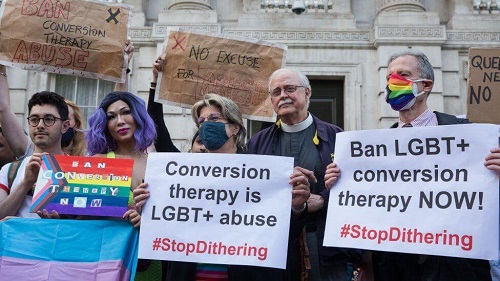
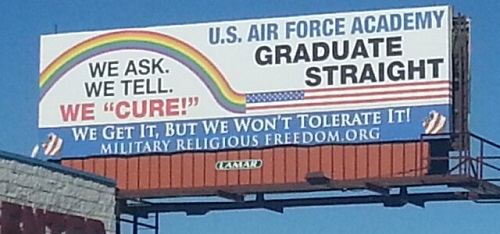
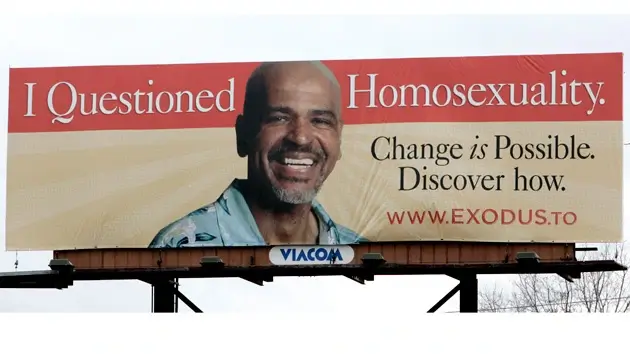
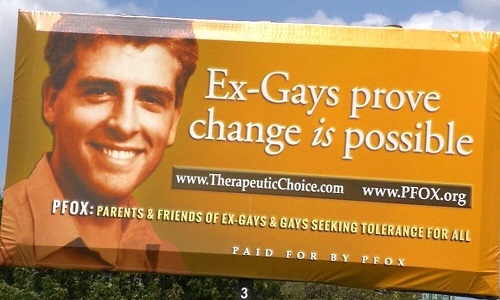
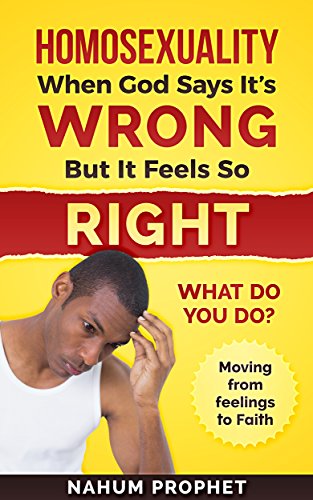
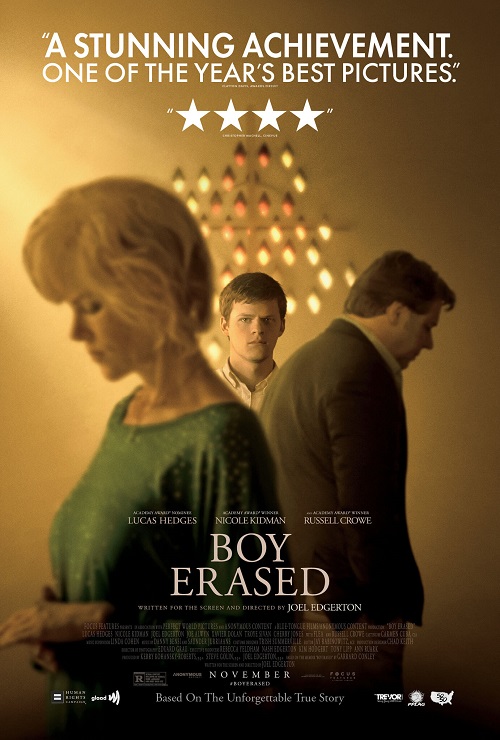
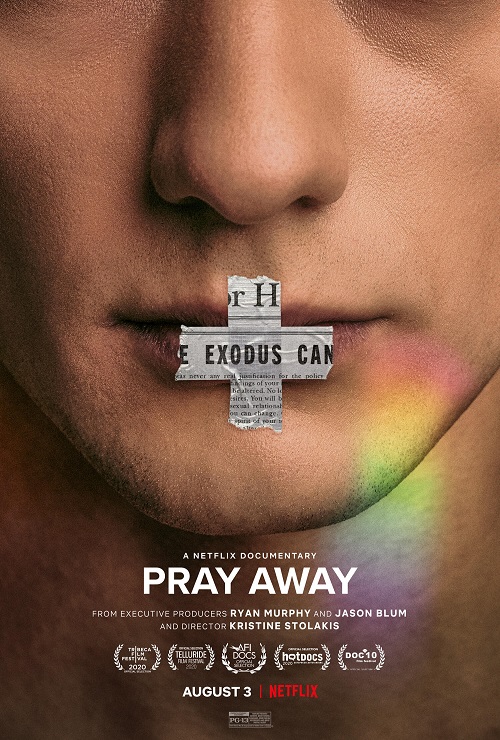

 Login
Login